The States of Rigid Body
One physics object can be set to four different states: Dynamic,
Kinematic, Frozen and Static.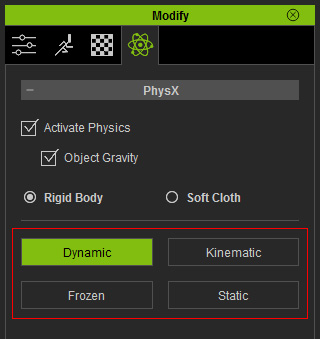
Dynamic
The characteristics of a dynamic object are:
-
Always free-falls in the direction of gravity (by default, down; but you may customize the strength and the orientation of
the gravity).
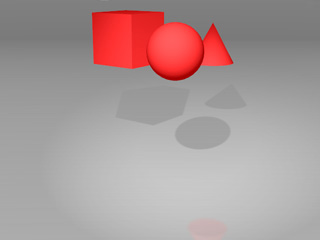
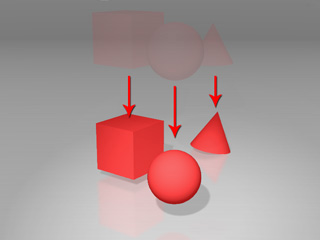
Three Dynamic props.
Fall as soon as simulation starts.
-
Bounces off when it hits or is hit by another physics object.
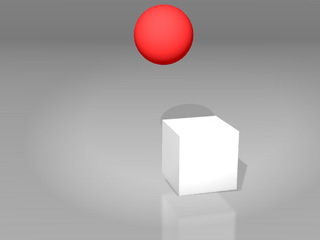
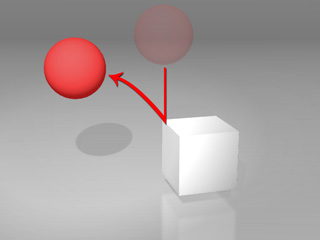
A dynamic ball.
Hits and bounces.
-
The intersected dynamic objects push each other off during simulation.
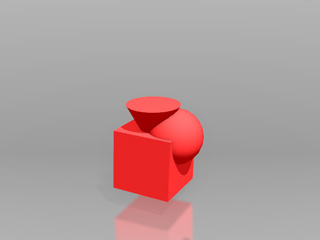

Three intersected dynamic rigid bodies.
They bounce off as they explode outwards.
-
Simulated animations will be stored in the Animation track of the object.
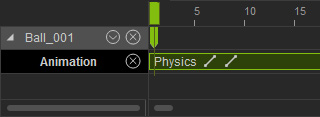
-
This setting is suitable for free-falling objects.
Static
The characteristics of a static object are:
- Gravity takes no effect on static objects.
- It contains natural physics properties such as friction and bounce. However it has no mass property and does not react to bouncing objects.
-
It stays still in the physics world but provides physics collision effects. Objects like walls or floors are often set to a static state in order to prevent objects from penetrating them or moving them.

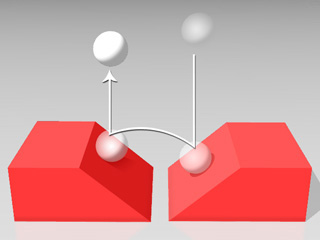
Two static blocks.
Motionless when they are hit.
They cause the active prop to bounce off.
- It also generates animation clips in the Animation track after simulation.
-
This setting is suitable for walls or floors or anything that does not move.
Kinematic
The characteristics of a kinematic object are:
- Gravity takes no effect on kinematic objects.
- It is not affected by other physics objects, but it does affect them.
-
This is the only physics object that can have customized animations (from transform keys, animation clips or following path) or
be puppeteered by you during the simulation.
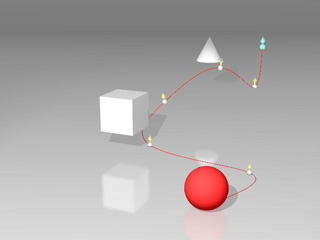
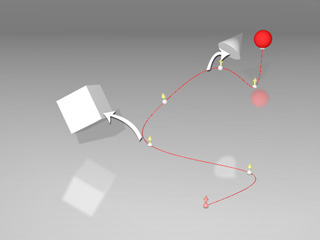
A kinematic ball is constrained to a path
The ball moves along the path to the end.
Other rigid bodies are hit and bounced off.
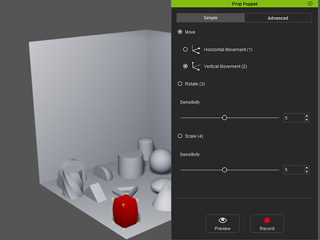
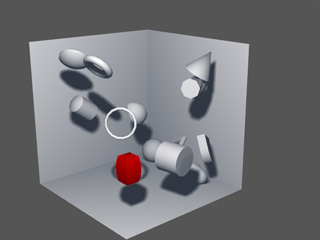
A kinematic block is ready to be puppeteered
The block is puppeteered to move around and hit other rigid bodies.
-
You may combine it with other iClone features (attaching, linking) to produce triggering forces for other physics objects.
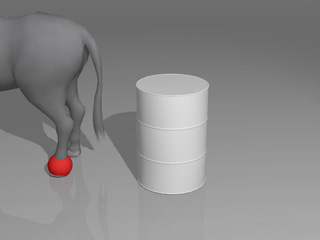
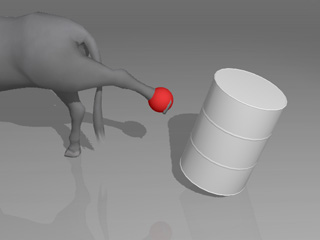
A kinematic ball is attached to the rear leg.
The ball moves as the bull kicks.
The tank flies away.
- It does not generate any animation clips after simulation.
-
This setting is suitable for physics objects that you want to control such as setting keys, following paths, or even puppeteering.
The bulldozer is animated by keyframe animation, and assigned a Kinematic rigid body.
Frozen
The characteristics of a frozen object are:
-
It stays still until it gets hit by any other physics objects. Once it is hit, it turns into a dynamic rigid body.
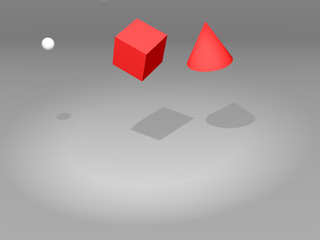
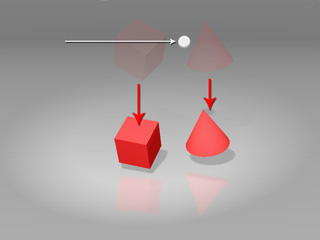
The frozen rigid bodies are still during simulation.
They fall like dynamic objects once hit.
- The setting keeps the intersected dynamic objects together in their initial state.
- It also generates animation clips in the Animation track after simulation.
-
This setting is suitable for physics objects that are still before getting hit.
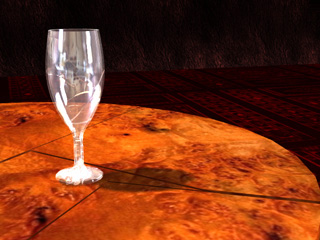
The glass and the table are composed of many fractures, which are set as Frozen to keep them together in the initial state.
